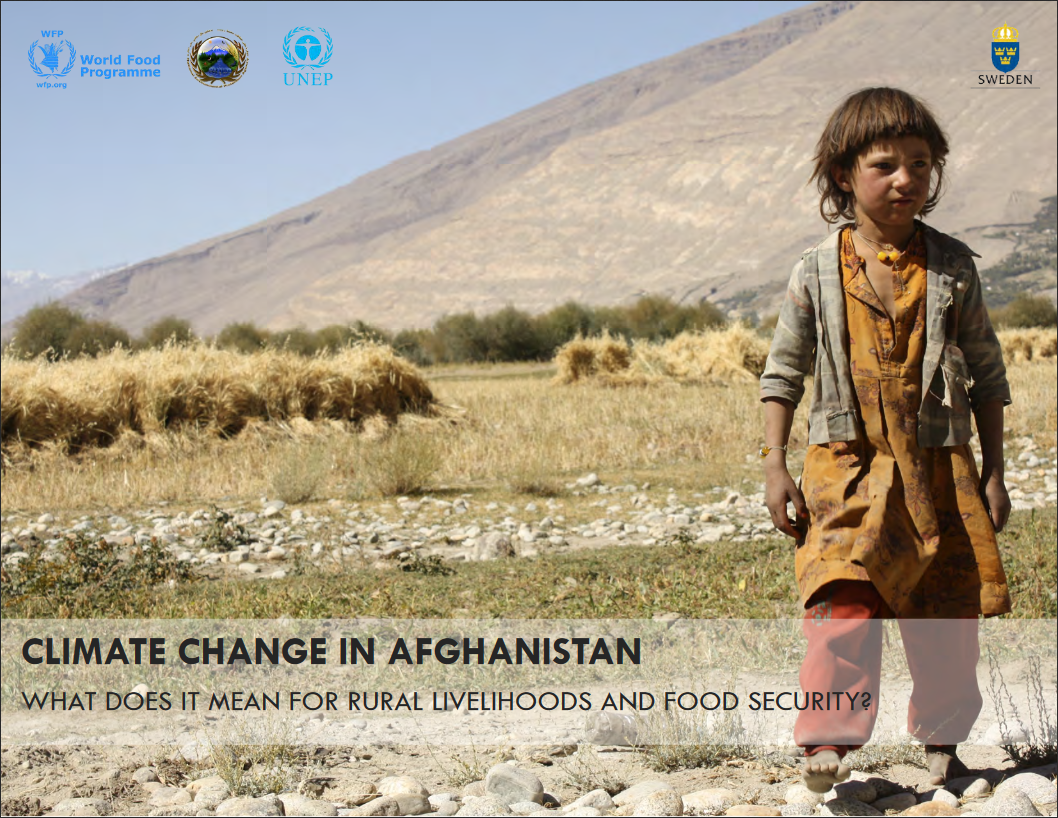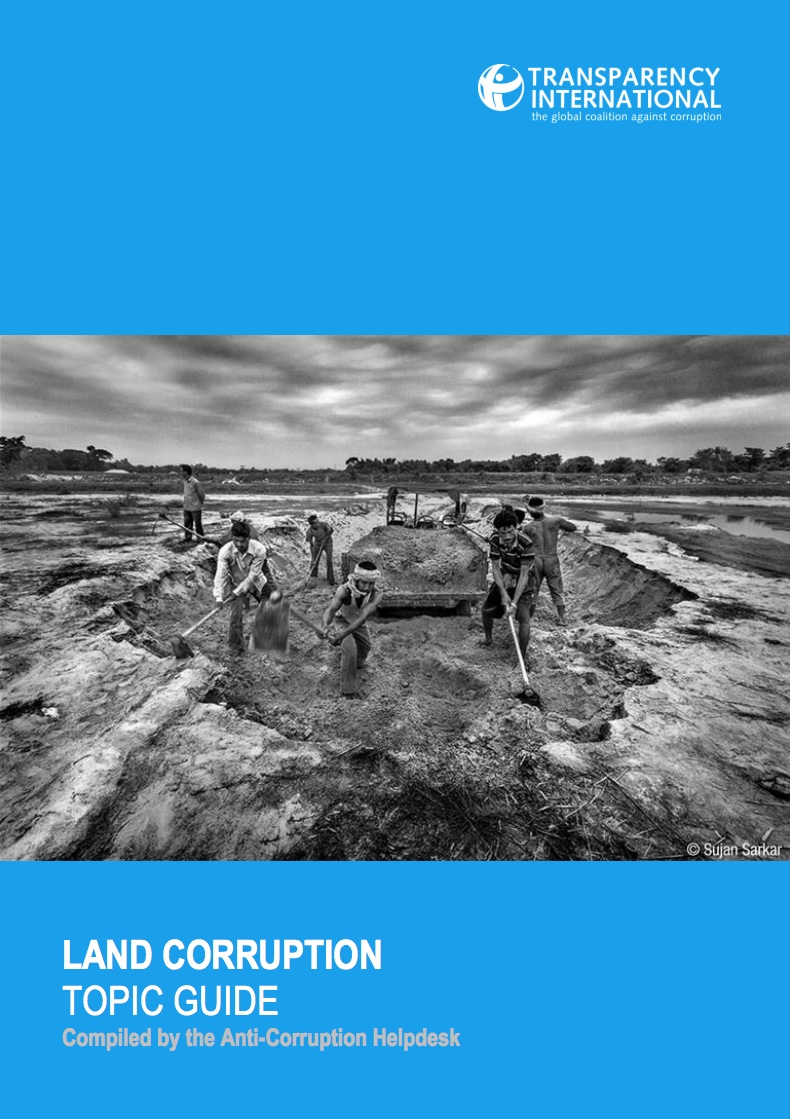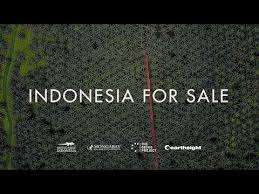The Land tenure in Northern Africa Challenges and opportunities
In Northern Africa region, land administration and land management systems are characterized by the existence of various institutions and a diversity of land tenures. In order to meet the requirements of the new era, a series of emerging policies has been developed and implemented according to the national needs and to the international regulations. In terms of historical events, we distinguish in the Northern Africa three different groups’ state members: (1) Sudan and Egypt, and (2) Tunisia and Morocco, (3) Algeria and Mauritania.






